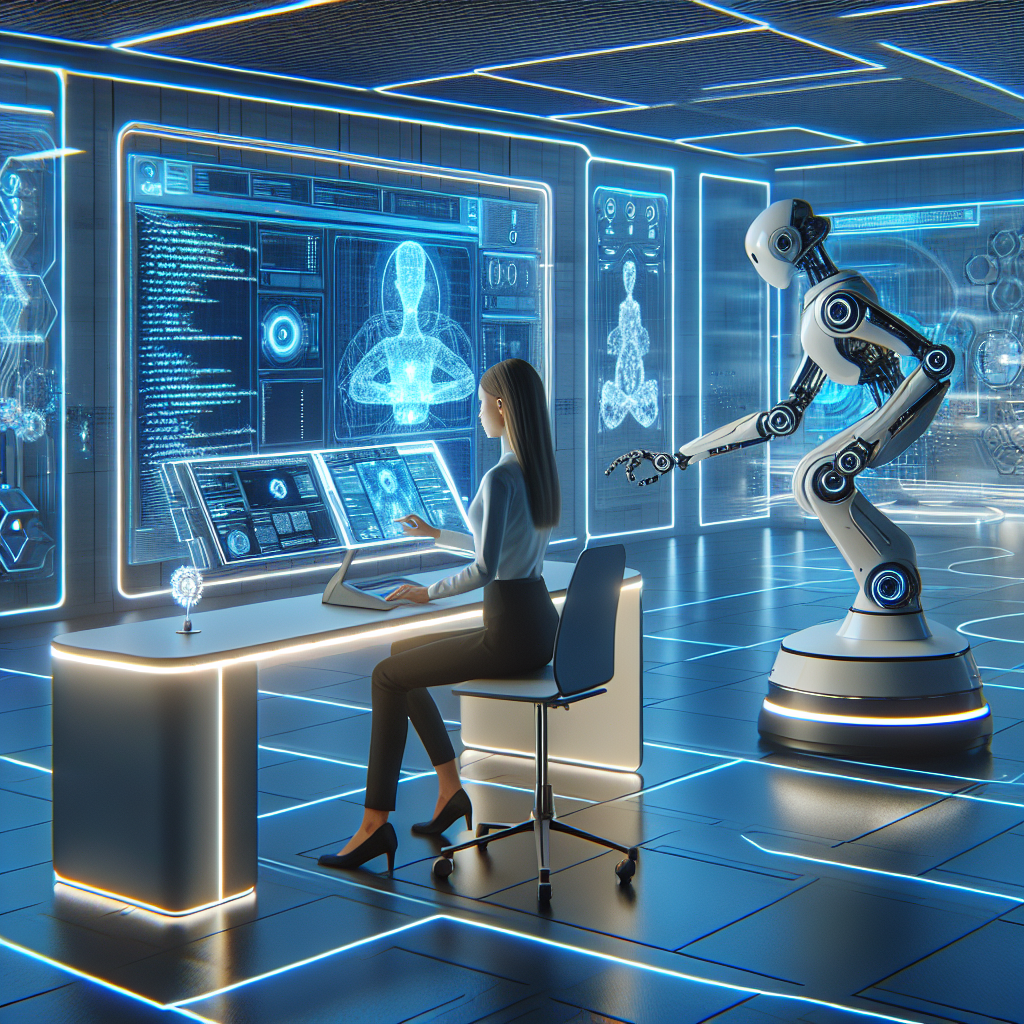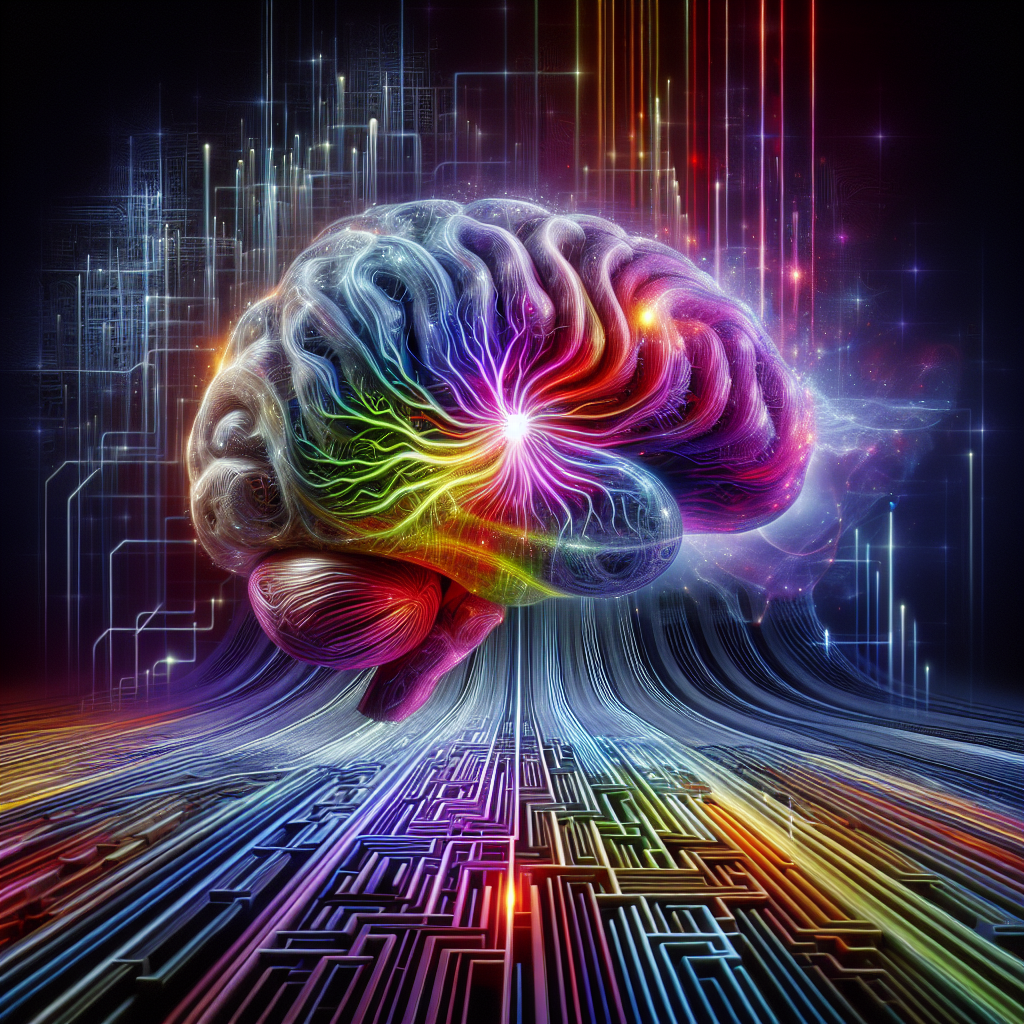Revolutionizing Development: The AI-Powered Workflow Revolution
Imagine a world where your code writes itself, bugs are caught before they’re born, and project timelines predict themselves. Sound like science fiction? Welcome to the cutting-edge realm of AI-powered development workflows. In this article, we’ll dive deep into how artificial intelligence is transforming the way modern engineers work, boosting productivity, and unleashing creativity like never before.
The Dawn of AI in Development: More Than Just a Trend
Gone are the days when AI was just a buzzword in tech circles. Today, it’s becoming an indispensable ally for developers across the globe. From junior coders to seasoned architects, everyone’s feeling the AI revolution – and it’s changing the game in ways we’re only beginning to understand.
Let’s paint a picture: You’re sitting at your desk, facing a complex coding challenge. Instead of spending hours poring over documentation or Stack Overflow, you simply describe your problem to an AI assistant. Within seconds, you’re presented with not just a solution, but multiple approaches, complete with explanations and potential pitfalls. This isn’t the future – it’s happening right now.
The AI Toolkit: Your New Best Friend
So, what exactly is in this magical AI toolkit? Let’s break it down:
- Large Language Models (LLMs): These are the heavy hitters. Tools like GPT-4, Claude, and Codex are becoming as essential to developers as coffee. They’re not just spitting out code; they’re understanding context, suggesting optimizations, and even explaining complex algorithms in plain English.
- Intelligent IDEs: Forget about basic syntax highlighting. Modern IDEs are getting scary smart. Visual Studio Code, for instance, with its AI extensions, can predict entire code blocks based on your coding style and project context. It’s like having a mind-reading assistant at your fingertips.
- AI-Powered Testing: Remember the tedium of writing unit tests? AI is taking that pain away. Tools are emerging that can generate comprehensive test suites based on your code changes, catching edge cases you might never have thought of.
- Project Management AI: Your new project manager might just be an algorithm. AI assistants are now capable of analyzing codebases, estimating task complexity, and even predicting potential roadblocks before they happen.
Building Your AI-Powered Workflow: A Step-by-Step Guide
Now, let’s get practical. How do you actually build a workflow that leverages all this AI goodness? Here’s a roadmap:
- Choose Your AI-Friendly IDE: While I tend to use Claude directly for a lot of work, I also have Continue.dev interfacing with a local model running. VSCode and Idea tools both have Continue.dev which is open-source and free.
- Integrate LLMs into Your Process: Set up easy access and top-performing LLM like Claude. Use it for everything from planning to explaining complex concepts.
- Implement AI-Driven Code Review: Tools like DeepCode or Amazon CodeGuru can analyze your code for bugs and suggest improvements, acting like a tireless, all-seeing reviewer.
- Automate Testing with AI: Look into tools like Functionize or Testim, which use AI to create and maintain automated tests, drastically reducing your QA time.
- Leverage AI for Project Management: Explore platforms like Otter AI for transcribing and summarizing meetings, or Forecast for AI-powered project planning and resource allocation.
The “Breadth-First” Approach: A Game-Changer in AI-Assisted Development
One innovative strategy that’s gaining traction is the “breadth-first” approach to development. Here’s how it works:
- Use AI to sketch out your entire feature set at a high level.
- Leverage AI to build a skeleton of your project structure.
- Wire up this structure with placeholder logic, again assisted by AI.
- Gradually fill in the details, using AI to generate specific implementations.
This approach allows you to see the big picture early on, identify potential issues across your system, and provides a clear roadmap for incremental development. It’s like having an AI architect working alongside you from day one.
Measuring Success in an AI-Powered World
How do you know if your AI-powered workflow is actually improving things? Here are some metrics to track:
- Time saved on routine coding tasks
- Reduction in bug count and time spent debugging
- Increase in code quality metrics (like maintainability index)
- Improved project estimation accuracy
- Developer satisfaction and reduced burnout
The Human Touch: Why You’re Still Irreplaceable
With all this AI power, you might wonder: are human developers becoming obsolete? Far from it. The role of the developer is evolving, not disappearing. AI is a tool, not a replacement. Your creativity, problem-solving skills, and ability to understand complex business needs are more valuable than ever.
Remember, AI is here to augment your abilities, not replace them. Use it wisely, and you’ll find yourself freed up to focus on the most challenging and rewarding aspects of development.
Looking Ahead: The Future of AI in Development
As we look to the horizon, the potential of AI in development seems limitless. We’re likely to see even more integration of AI into every aspect of the development lifecycle. Imagine AI that can understand and implement complex business logic from natural language descriptions, or systems that can self-optimize entire codebases for performance and security.
The key to staying ahead? Adaptability. The developers who thrive will be those who embrace AI as a partner, continuously learning and evolving their skills alongside these powerful new tools.
In conclusion, the AI-powered development workflow is not just a futuristic concept – it’s here, it’s powerful, and it’s transforming the way we build software. By embracing these tools and techniques, you’re not just keeping up with the times; you’re positioning yourself at the forefront of a technological revolution. So, are you ready to supercharge your development workflow with AI? The future is waiting, and it’s looking brighter than ever.


